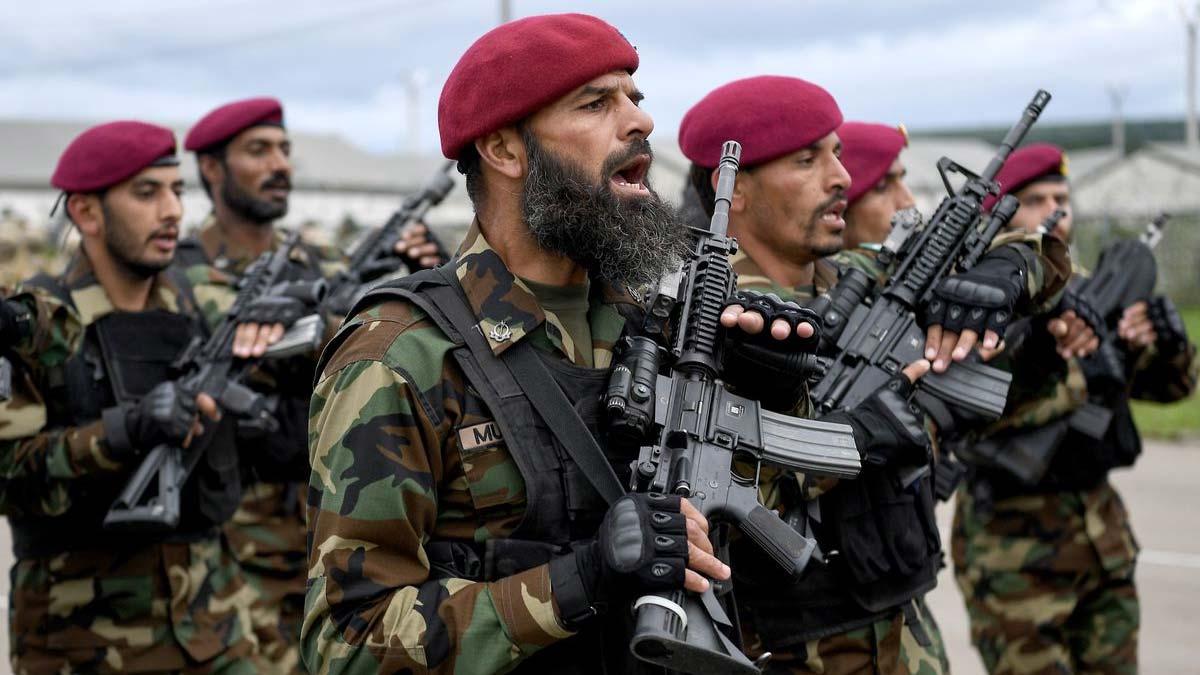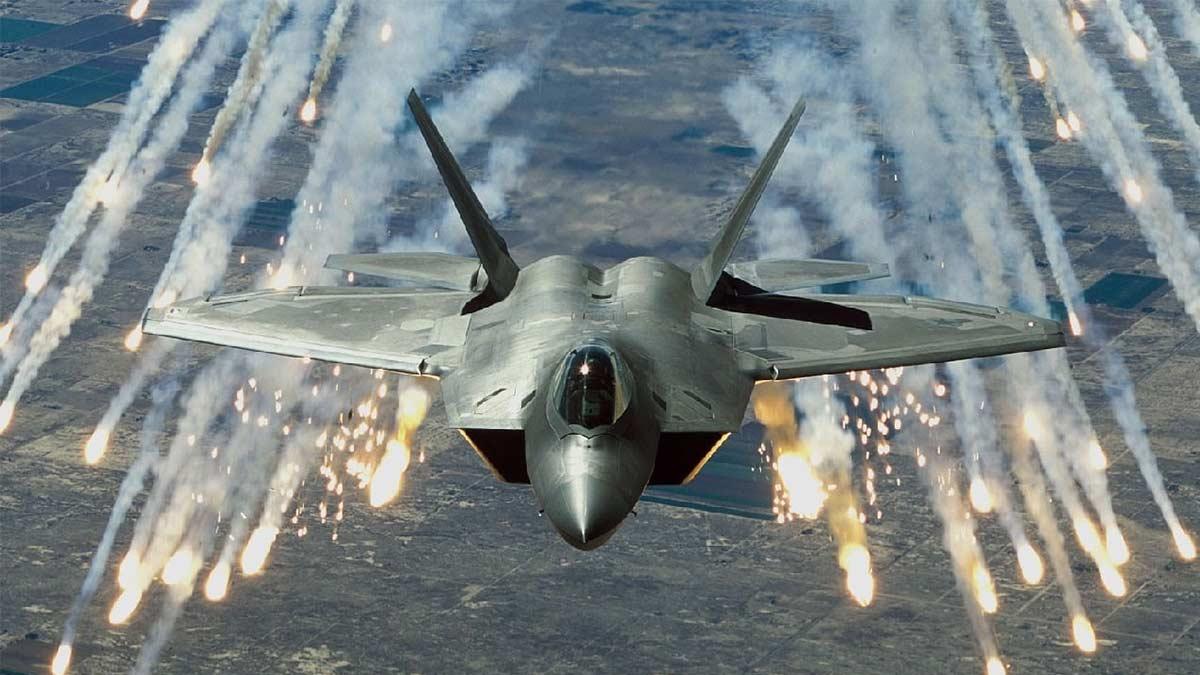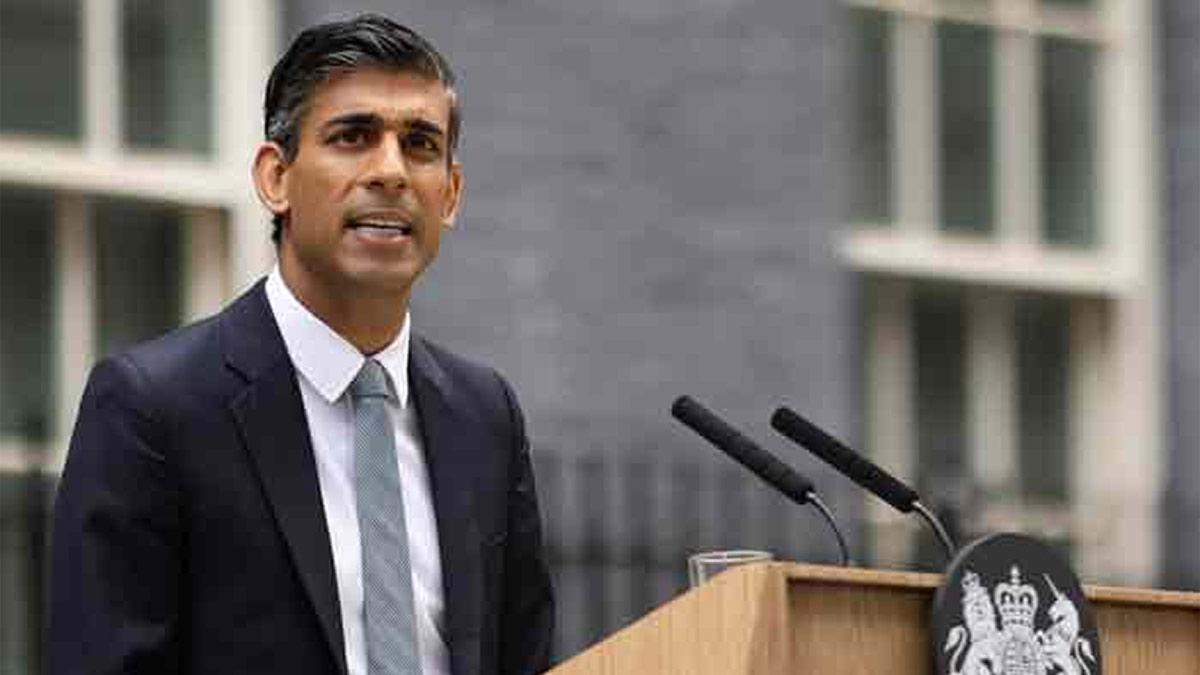In the biggest outburst of violence against Pakistani security forces, Baloch Liberation Army (BLA) has taken responsibility for two co-ordinated attacks in Balochistan's Bolan and Kech districts killing 14 troops.
The attacks have come in the form of India's high-precision military operation, Operation Sindoor, against cross-border terror infrastructure.
Details of BLA Attacks on Pakistani Troops
The initial strike was executed by the BLA's Special Tactical Operations Squad (STOS), which sent a remote-controlled improvised explosive device (IED) against a military convoy in Shorkand, close to Mach in Bolan district. The blast destroyed the convoy, killing all 12 people on board, including top officials like Special Operations Commander Tariq Imran and Subedar Umar Farooq, as per a report from ANI.
Shortly afterward, the second ambush occurred in Kech's Kulag Tigran area. When a routine clearance operation was being conducted by a Pakistan Army bomb disposal unit, BLA militants detonated a second remote-controlled Improvised Explosive Device at around 2:40 PM, and two more Pakistani soldiers were killed.
BLA Justifies Attacks; Condemns Pakistan Military
Speaking to ANI, BLA spokesperson Jeeyand Baloch denied allegations that the organization was a "foreign proxy" and attacked the Pakistani army. He called the army a "mercenary armed gang" under the control of "Chinese capital," stating that the army's loyalty shifts depending on its patrons. He called the attacks against an "occupying army" and promised that the next attacks would increase in scale.
Broader Balochistan Conflict: Origins of the Insurgency
These attacks are a part of a decades-long trend of Balochistan insurgency, and secessionist groups continue their fight for independence. These groups argue that natural resources in the area are used by the central state and external powers at the cost of local society, which is poor and impoverished. Allegations of political oppression and human rights abuse further fuel the rebellion. In the view of most Baloch nationalists, the Pakistani armed forces are not considered a guardian but an occupier, further dividing Islamabad from the local population.
Earlier this year, on March 11, the BLA made global headlines by ambushing a passenger train with over 400 passengers through Bolan. The militants kidnapped individuals, which prompted a counter-operation by the Pakistan Army. The encounter resulted in several casualties on both sides, including hostages and insurgents.
India's Operation Sindoor: A Coordinated Military Response
Just a day after the BLA's recent attacks, India launched "Operation Sindoor" — a multi-pronged, highly targeted attack on known terror camps in Pakistan. This was the Indian Army, Navy, and Air Force's first coordinated operation since the 1971 war. Conducted between 1:05 AM and 1:30 AM on Wednesday, the operation was against the April 22 Pahalgam attack in Jammu and Kashmir, which killed 26 Indians.
Nine major terror camps were targeted, including Muridke headquarters of Lashkar-e-Taiba and Jaish-e-Mohammed base at Bahawalpur. Major targets in Pakistan-occupied Kashmir, Kotli and Muzaffarabad, were also hit. Muridke Markaz — which occupied an area of 200 acres and was situated 40 kilometers outside Lahore — was described by officials as Pakistan's terror recruitment and training nerve center.
Defence Minister Rajnath Singh pointed out the accuracy of the mission, saying that it specifically avoided Pakistani military facilities to keep escalation to a minimum. Authorities reported that the operation was only conducted after Islamabad declined to take action on the Pahalgam attack and chose denial over action.
Pakistan retaliated and has since broken the ceasefire in different sectors, especially employing artillery across the Poonch-Rajouri sector. The Indian Army accepted they had retaliated "in a calibrated manner" to these incursions.


















